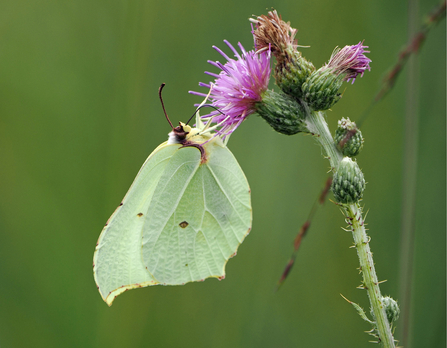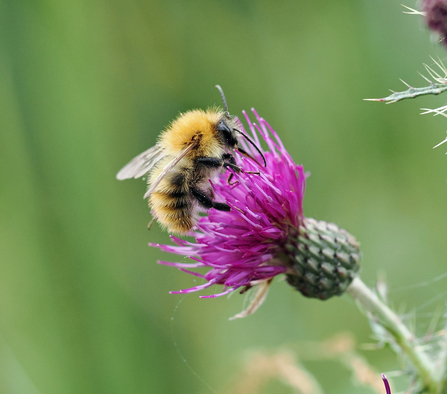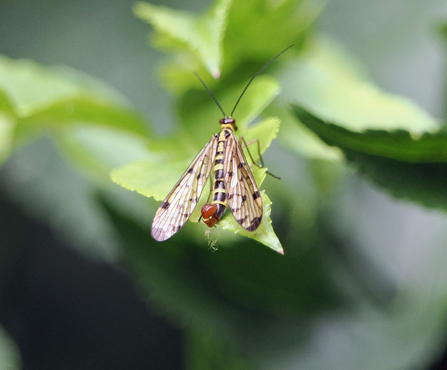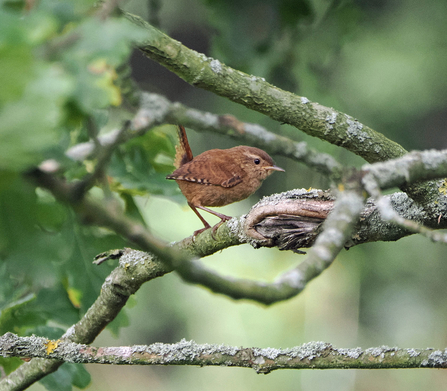Suddenly, it’s drowned out by a far louder noise – the thunder of a train speeding past. Askham Bog feels so wild, it’s easy to forget that it’s a stone’s throw away from the East Coast Main Line and the busy A64 on the outskirts of York.
Much of Yorkshire’s countryside is faded brown or yellow at the moment after months of low rainfall, but this precious surviving remnant of the region’s ancient peatland is lush and green, watered by the legacy of an ancient lake left by a retreating glacier around 17,000 years ago.






